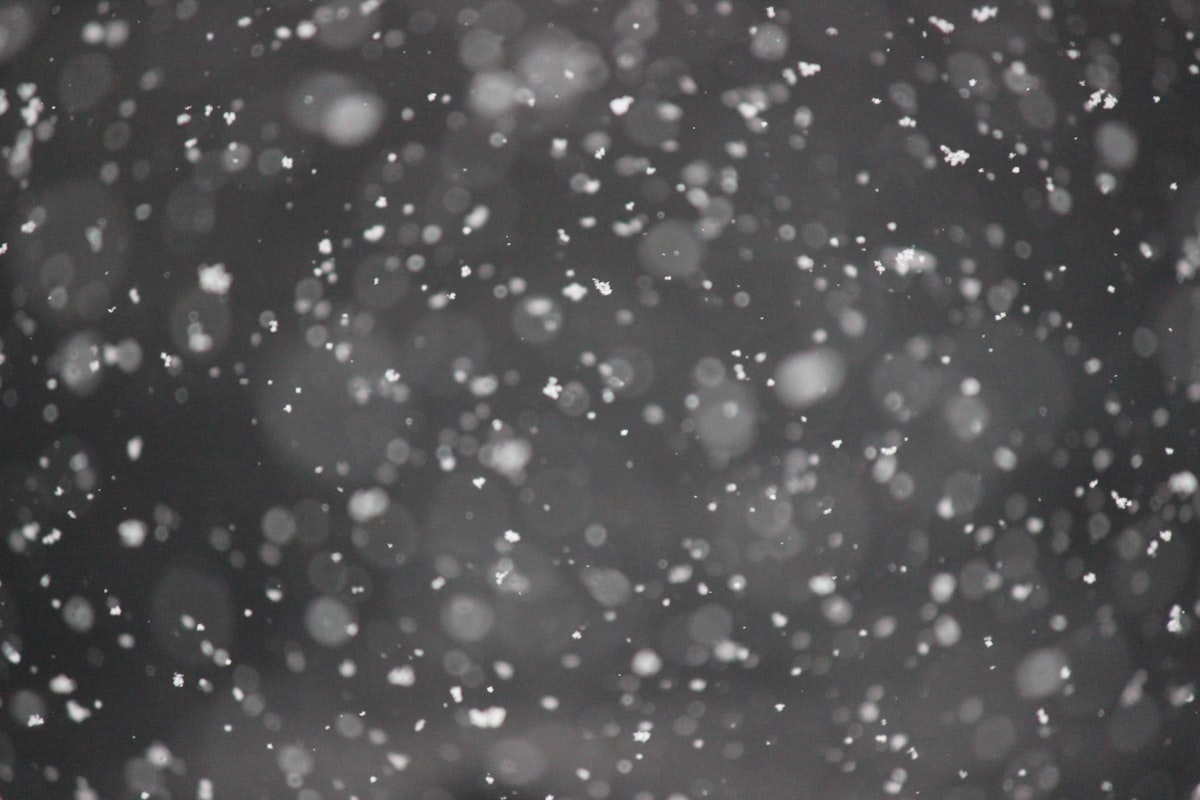The great snowfall of Monterrey
In his book, author Daniel Gallardo describes the recorded snowfalls that Monterrey has had throughout its history. These images are collected in his book La gran nevada de Monterrey. January 9, 1967, recently published by the Autonomous University of Nuevo León





